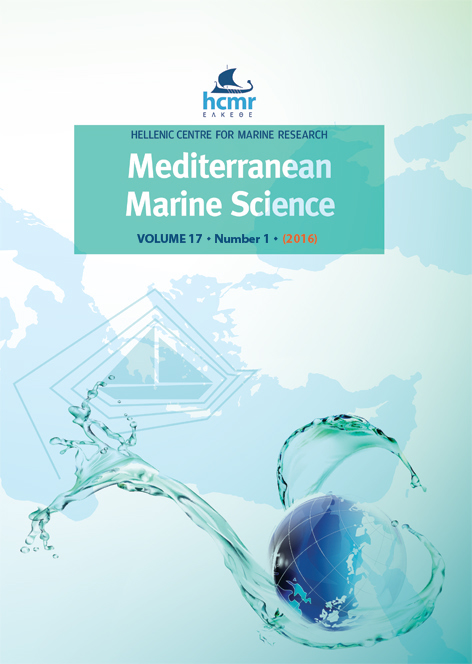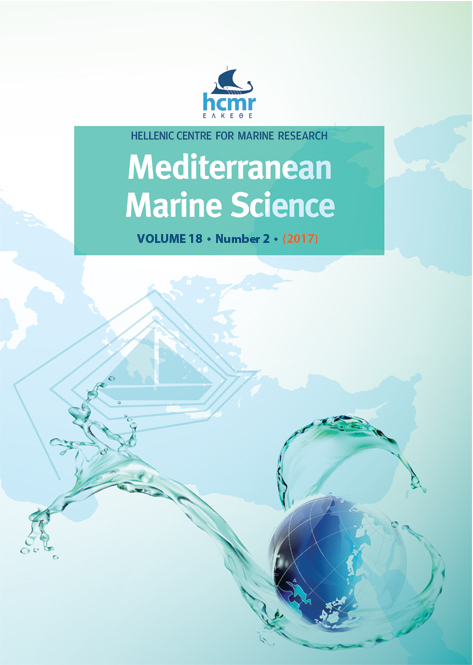Hydrographic conditions driving sardine and anchovy populations in a land-locked sea

Abstract
The aim of this paper is to establish a relationship between long-term variability in sardine and anchovy populations in the Adriatic Sea and ocean dynamics and processes that occur over interannual and decadal timescales in the Adriatic-Ionian basin. Basis for such analysis are annual time series of sardine and anchovy landings and recruits at age 0 and annual time series of environmental parameters observed at a representative Adriatic station between 1975 and 2010. Pearson correlations and robust Dynamic Factor Analysis (DFA) were applied to quantify the connections between fisheries and environmental parameters. Variations and trends in fisheries series were best explained by changes in near-bottom temperature and salinity, being an appropriate proxy for tracking changes in water masses' dynamics and hydrographic conditions in the basin. It seems that a prolonged period of decreasing sardine population was characterized by low oxygen availability and environmental conditions in the deep Adriatic waters, triggered by an extraordinary basin-wide event called the Eastern Mediterranean Transient. A collapse in anchovy population has been observed after an exceptional cooling event followed by dense water formation.
Article Details
- How to Cite
-
VILIBIĆ, I., ČIKEŠ KEČ, V., ZORICA, B., ŠEPIĆ, J., MATIJEVIĆ, S., & DŽOIĆ, T. (2016). Hydrographic conditions driving sardine and anchovy populations in a land-locked sea. Mediterranean Marine Science, 17(1), 1–12. https://doi.org/10.12681/mms.1120
- Issue
- Vol. 17 No. 1 (2016)
- Section
- Research Article
Authors who publish with this journal agree to the following terms:
- Authors retain copyright and grant the journal right of first publication with the work simultaneously licensed under a Creative Commons Attribution Non-Commercial License that allows others to share the work with an acknowledgement of the work's authorship and initial publication in this journal.
- Authors are able to enter into separate, additional contractual arrangements for the non-exclusive distribution of the journal's published version of the work (e.g. post it to an institutional repository or publish it in a book), with an acknowledgement of its initial publication in this journal.
- Authors are permitted and encouraged to post their work online (preferably in institutional repositories or on their website) prior to and during the submission process, as it can lead to productive exchanges, as well as earlier and greater citation of published work (See The Effect of Open Access).






